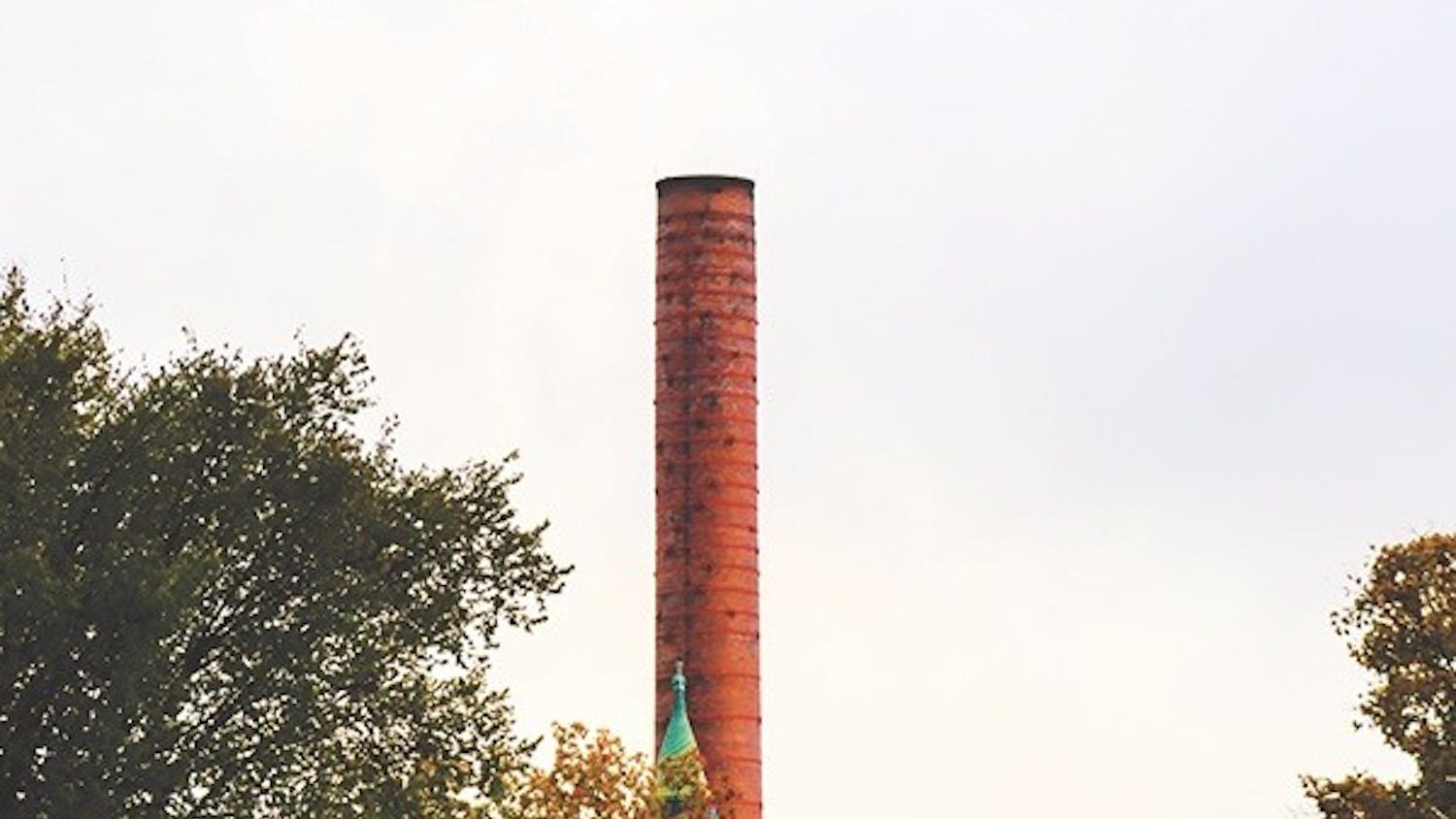This Homecoming weekend, during Dartmouth’s sestercentennial, alumni came to celebrate. Between green-lit buildings and a cake shaped like Dartmouth Hall, an implicit push for alumni to share their wealth with the College was tangible.
That tradition is not unique to this school — depending upon the donations of alumni to provide for current and future students is core to the business model of any college. But as Dartmouth continues with its capital campaign, “The Call to Lead,” it is important to consider how those donations are allocated and who benefits from them.
Dartmouth is fortunate to have a wealth of generous donors, for which all of us should be grateful. Those individuals and corporations who do feel so moved to support this College should, however, seriously consider what is most needed by the school for day-to-day life. For instance, many dorms — including the Masses, Topliff, River, Fayes and Choates — are physically inaccessible, meaning they have stairs at entrances and do not include elevators. This causes issues for students when they are frequently moving residences, as well as excludes students with mobility disabilities from living or attending events in these spaces. In the day-to-day life of a student, something like an elevator or, perhaps, new vacuum cleaners for dorms may not seem like the most glamorous of donations — nor does it result in one’s name stretching across a doorway — but they are pragmatic and significant student needs.
We are not insensitive to the daunting task of fundraising. Instead, this Editorial Board is asking a donor who would be enticed by a named and permanent legacy of theirs on campus to question how far-reaching their gift would be. Perhaps it could reach further.
There are issues of physical and financial accessibility on this campus that could be rectified by strategic donations. Those in a position to do so could, for example, eliminate the fees for materials that accompany studio art courses but not lab courses. Another donation could make physical education courses — one of the few ways to satisfy the physical education requirement — totally free.
Some of this burden falls to the College to direct donors to these less ostentatious, but critically important, areas. The website and advertising campaign of The Call to Lead has commonly touted bold and ambitious projects, like building a new computer science and engineering building and renovating Dartmouth Hall — rather than needs that are more mundane but still as pressing. If Dartmouth doesn’t want to include a “vacuum cleaners and paintbrushes” section on the capital campaign’s website, then it should prioritize soliciting donations for the general endowment fund, which in turn helps feed the yearly operating budget.
Furthermore, money from the general fund should be frequently directed toward inequalities that exist on campus. Despite a financial aid program more robust than those of many of its peer institutions, the College does still present many hurdles for lower-income students in the form of hidden fees and additional payments that add up.
Additionally, the College’s own goals to help fund The Call to Lead’s “First Generation/Low Income Enrichment Fund,” meant to help a group that should obviously be prioritized in terms of money and resources, are unfortunately low in comparison to its bolder, flashier initiatives. The fundraising goal was set at $25,000 to address “other needs not met through Dartmouth financial aid,” and to “promote equal access to all aspects of the Dartmouth experience for our first-generation and low-income students.” And while $25,000 might seem like a hefty amount, this initiative is the lowest of the fundraising goals, compared to a $75,000 goal for mental health resources, $500,000 for international undergraduate scholarships and $12 million for the renovation of Dartmouth Hall.
And while most other projects are still in their funding rounds, funding for the First Generation/Low Income Enrichment Fund has been stamped with a “Funded!” icon, reaching 100 percent of the goal after having just 34 participants. This stamp is a visual indicator to donors that the initiative is no longer in need of money, despite the opposite. There’s no debating that all of The Call to Lead initiatives will expand student opportunities and financial aid scholarships, but it is important that we support those who need it not only upon matriculation, but throughout their four years.
Many students may be unfamiliar with where the College’s dollars come from and how they are allocated. Trite quips about the size of the endowment overestimate how many of those dollars are actually available for the College to spend freely. If gifts are earmarked for a specific purpose, legally, the College may only use them for those purposes. An example is the Sanborn Tea Service, a treasured tradition that likely would have been cut from a budget somewhere across the decades if it had not been endowed specifically for the purpose of keeping it alive. Quirks like this one texture the campus community in important ways, but they are also not critical to the function of the College. The fact that it has survived is a testament to the importance of donations — as well as who makes them and what they give them to.
Where money is spent says a lot about the values of a community, both of the people who reap the benefits of that money and the people who care enough to give theirs away. As Dartmouth reimagines its community and looks toward the future, our community should remember that change comes from practice, not from words.
The editorial board consists of the opinion editors, the executive editor and the editor-in-chief.


